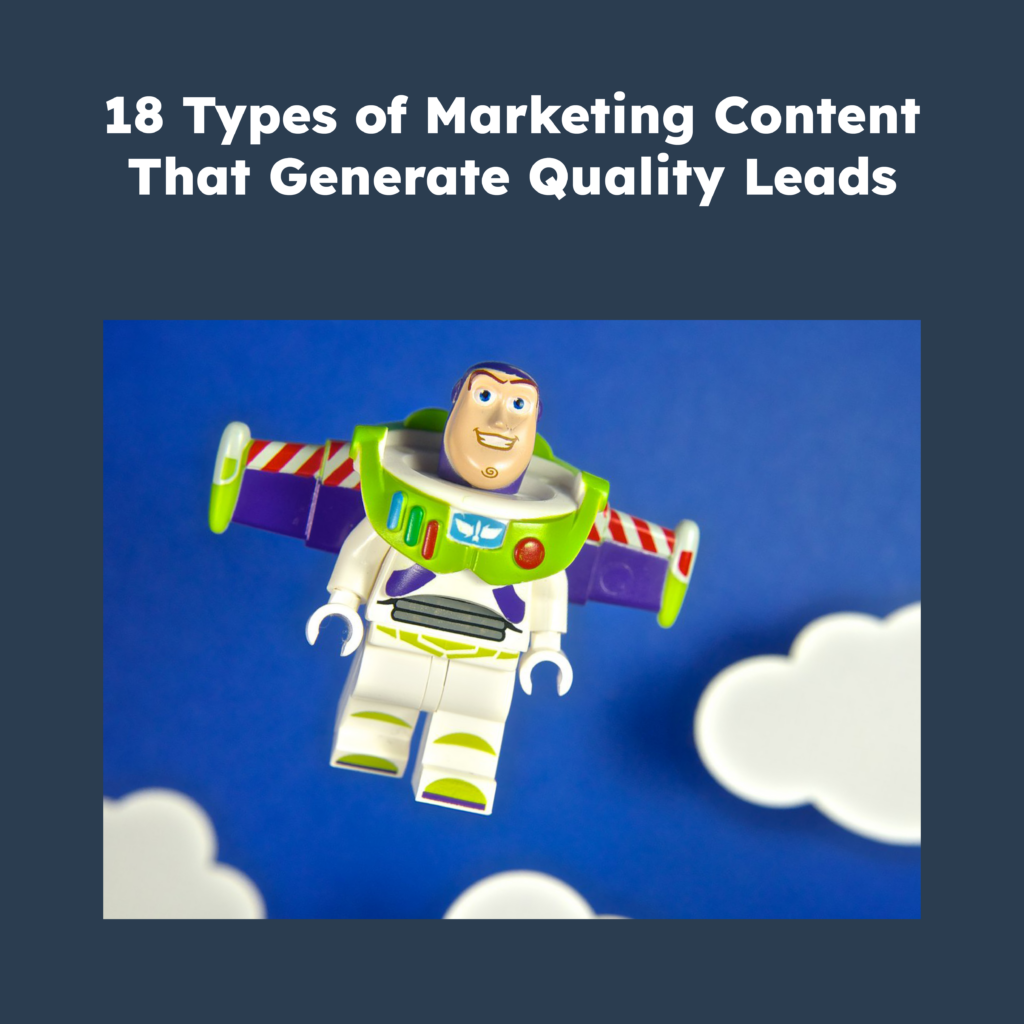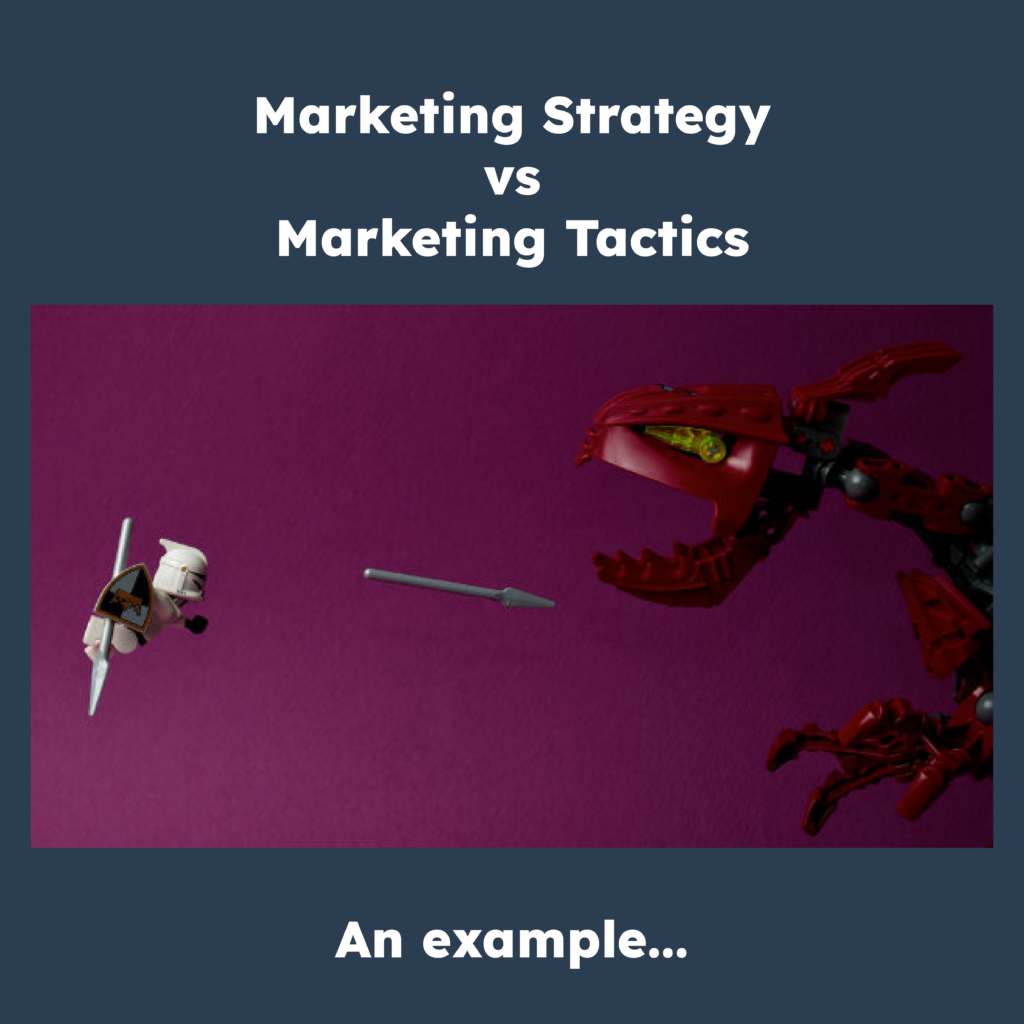Are you wondering which Hubspot workflows are right for B2B sales teams?
If you’re hoping to use Hubspot to its fullest potential (and who isn’t?), your B2B business needs to streamline and optimise its sales team processes.
I’ve consulted with five industry experts for their simple, no-nonsense tips that any sales team can – and should – put into action.
What Do Hubspot Sales Workflows Do?
Hubspot workflows are usually designed to manage repetitive and/or complicated tasks (like updating contact information or sending emails). But they can do much more than that.
When developed correctly, your B2B workflows should nurture leads with targeted messaging, ensure timely follow-ups, and increase personalised engagement.
Hubspot allows your sales team to do what they’re best at: closing. Give your sales team more time to close with these simple ideas.
1. Rotating the Deal Owner Workflow
Alex Williams (owner and founder of The Hubspot Expert) asserts that rotating deal owners is an unsung hero in Hubspot workflows:
“As a deal progresses, rotating owners lets you loop in the right people at the right time, providing visibility on all deals that require an individual’s attention.
“When moving to the proposal stage, consider rotating the deal to your Bid Manager. When starting to negotiate the contract, rotate it to your Contracts Manager. Keep things moving along – and don’t let any opportunity slip through the cracks!”
2. Automation Triggers
Automation triggers are based on specific criteria or actions (e.g., website visits, email opens). Sales teams can improve process automation based on interactions with MQLs and customers.
There are endless ways to utilise automation triggers, such as:
- Contact Updates: Workflows start when a contact’s details change, like their status or job title.
- Form Submissions: When someone fills out a form on your site, workflows can handle tasks like sending confirmation emails.
- Email Responses: Workflows react to how people interact with your emails, like sending follow-ups if they open but don’t click.
- Website Visits: Workflows can kick in when someone browses specific pages, letting you send targeted emails based on their interests.
- List Joining: If someone joins a list, workflows can start, useful for targeting actions to specific groups.
- Deal Progress: Workflows can be triggered by changes in deal stages, automating actions like sending follow-up emails.
- Custom Events: HubSpot’s API allows for custom triggers, letting you automate based on almost any action in your systems.
- Notify sales reps when their contacts view the pricing page on your website. This is handy for an email or call an hour later.
Automate Tasks Ahead of Renewals.
If a renewal will happen in one year’s time, take note of that. Work backward to ensure that the process is easy for the customer. Don’t let your sales team pop up 30 days before a deal is set to expire – show proactivity!
You can assign tasks to the deal owner (or other teams) to reduce churn and keep things moving smoothly.
Use Workflow Automation for Internal Sales Tasks
Don’t sleep on workflow automation for internal tasks like task reminders and lead assignments.
Matt Little (Owner of Festoon House) adds:
“By automatically assigning leads to the appropriate sales representatives (based on parameters such as region or industry), HubSpot workflows can optimise the lead management process for your sales team. This ensures timely follow-up and effective lead handling.”
We recommend creating task reminders for significant due dates or follow-up tasks. By utilising deal tags that make your pipeline more usable, sales teams can stay engaged and organised to close deals.
3. Lead Nurturing Workflows
Lead nurturing is essential for maintaining lead engagement within different stages of the sales funnel. By delivering tailored content and follow-ups, highly personalised workflows gently guide leads towards a purchase decision.
“Think of this process as your virtual sales assistant, gently guiding prospects toward a purchase with relevant information and timely follow-ups,” says Jon Morgan (CEO of Venture Smarter).
A Lead-Nurturing Sequence in Action
Blake Smith (Marketing Manager of ClockOn) believes that every B2B business should consider automating lead-nurturing sequences for contacts who download a lead magnet.
In this Hubspot workflow example,
“Once a contact downloads a lead magnet, they’re automatically entered into a dedicated email series. This series is carefully crafted to provide additional value, educate the potential customer about our offer, and encourage them to take the next step in the sales process.”
This specific strategy has guided potential leads from initial interest to taking action (like making an inquiry or booking a demo).
He continues: “For higher engagement and more efficient use of resources, teams need to manage contact lists. After the contact has gone through the nurturing sequence – and hasn’t taken the desired action – consider introducing a 30-day delay. If there’s still no engagement after this period, the workflow can be designed to automatically delete the contact from your list.”
The goal here is to maintain a lean, highly engaged contact database. Removing low-engagement leads shine a spotlight on sales-qualified leads (SQLs) who show a genuine interest in your offerings. This workflow streamlines the lead nurturing process while optimising the sales funnel.
3. Utilise Deal-Stage Workflows
The deal-stage progression is simple but crucial: It’s all about keeping your sales pipeline moving smoothly by automating tasks and notifications as deals progress from one stage to the next.
Jon Morgan adds: “With HubSpot, you can set up triggers that automatically assign tasks to your team members, send out reminders, and even notify you when a deal is at risk of stalling.”
Workflows Ensure That Nothing Gets Overlooked
Nicolas Krauss (founder and CEO of dasFlow) believes that HubSpot workflows are a game-changer for sales efficiency.
“HubSpot activates specific tasks and reminders for sales representatives as a deal advances, ensuring that opportunities are promptly acted upon and nothing falls through the cracks. Together, these workflows not only streamline the sales process, but also significantly improve productivity and the overall success rate of sales efforts.”
4. Implement Re-Engagement Campaigns with Workflows
Re-engagement workflows go a long way toward customer retention and engagement. Use them to attract inactive contacts as well as automate the process of reconnecting with them.
You might consider integrating your HubSpot workflows, categorising customers and SQLs into various groups, and building a targeted marketing message for each group. Your sales team can use headline generators and free website builders to craft a stronger inbound marketing campaign.
Precious Abacan (marketing director of Softlist) recommends determining the different segments of customers, as well as the best ways to reach them:
“Create a special message for each group. Keep an eye on how your campaigns are performing and tweak them to get the best results. By using the right HubSpot strategies and methods, it’s straightforward to put together a re-engagement workflow that significantly increases the number of conversions.”
Using Email Sequences for Re-Engagement & Follow-ups
Automated email workflow sequences are essential for re-engagement and lost deal follow-up emails. Hubspot is also a great way for B2B sales teams to maintain a smoother sales funnel by creating engaging email content and configuring automated triggers based on lead behaviour.
Matt Little has experimented with various Hubspot sales techniques to grow his firm: “We’ve had great success using sales-centric HubSpot processes to improve the productivity and efficacy of this B2B company. These workflows, which range from lead nurturing and follow-up procedures to internal process automation, enable us to maximise sales, cultivate relationships, and ultimately boost revenue.”
5. Lead Scoring and Deal Automation Workflows
I personally like to categorise lead scores by personal elements and firmographics that qualify them as an ICP (ideal customer profile):
- Personal data
- Firmographic data (i.e., data about the company)
- Purchase intent
To determine higher-priority customers, challenge your sales team to flesh things out even more:
- Are they in the right role, company, or industry?
- Have they indicated any interest in my services or pricing?
- How have they interacted with the website/marketing materials (i.e., purchase intent)
- Have they downloaded a checklist?
- Have they registered or attended webinars?
Lead scoring allows teams to prioritise prospects based on their level of engagement and the likelihood that they’ll convert. These scores are one of the most efficient ways to optimise sales processes and increase closing rates.
Nicolas Krauss asserts that “Lead scoring and prioritisation of workflow automates the evaluation of leads based on their activities and demographic information, allowing sales teams to concentrate on the most promising prospects with the highest potential.”
Why Your Sales Team Should Use HubSpot Workflows?
For B2B sales, it’s vital to have a well-defined sales process. Providing a structured, automated framework means that every step of the sales process is repeatable.
By taking the emphasis off admin tasks, your team will have more time to build great relationships with priority leads – then closing those deals.
Free up your sales people with HubSpot workflows!
If you’re looking for ways to implement these automations in Hubspot, book a discovery call with me.



